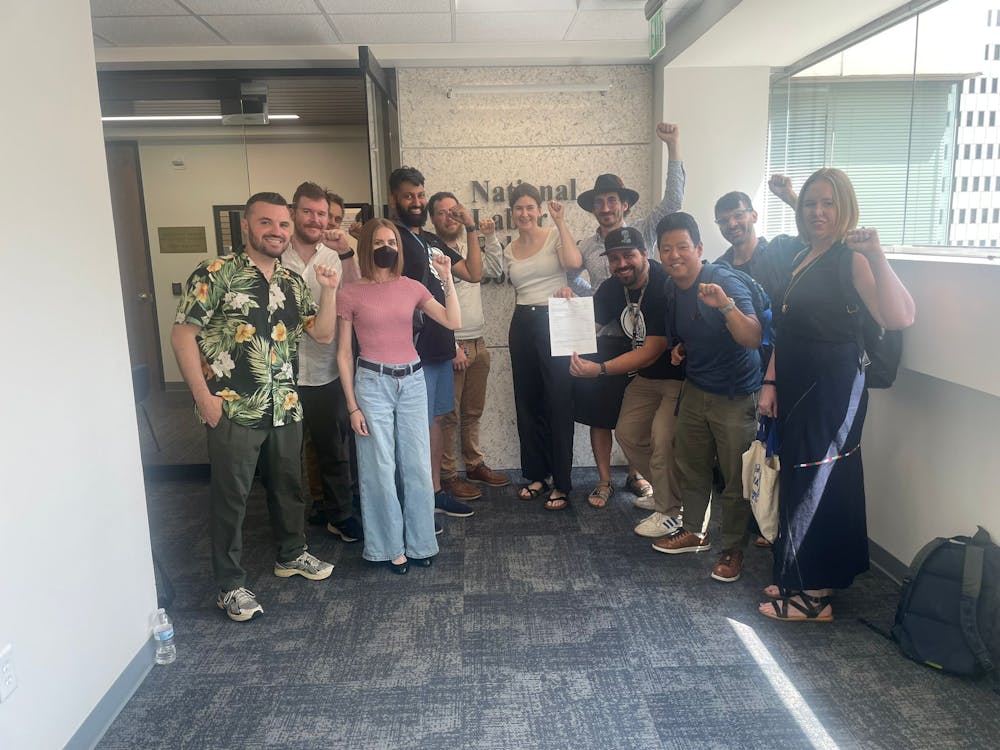The Monk begins in a confessional with a dialogue between the monk Ambrosio and a confessor. The man has just confessed to incest and their conversation moves to the nature of sin. This first scene and discussion about sin frames and encircles the entire movie.
César award winning French actor Vincent Cassel, of Black Swan, Ocean’s Twelve, and Eastern Promises, stars as Ambrosio, a monk in a Spanish monastery. After the confession, the next scene is a flashback and it shows how Ambrosio came to be at the monastery. He was dropped off as baby, on the night of St. Ambrose, at the monastery steps. Miguel, a monk and later Ambrosio’s father figure, hears the baby’s cries from the pecks of crows, finds the baby, and brings him inside.
The monks decide, with reservation, to adopt him. They disagree because he has a hand shaped birthmark on his shoulder and some of the monks believe it is a sign of the devil. With this mark of the devil and the preceding dialogue about sin, the director, Dominik Moll, has literally marked Ambrosio for a struggle with sin and the devil. This is a well made gloomy, Gothic, religious mystery with elements of romance and horror and melodramatic overtones. It has been called a thriller and taking into account its medieval setting, it is a very thrilling film as well as a compelling mystery. The movie also features an eerie Gothic soundtrack, many strange images, and Vincent Cassel’s charisma.
At night, there are dark grays, blacks and a dim shadowiness often permeated by just a small stream of moonlight. At these times, the movie is tense, but never scary. Nothing ever jumps into the foreground with a screech to cause the viewer to jump up in terror. In this way it builds suspense and skillfully evokes a sense of mystery and Gothic atmosphere. Moll seizes these gloomy moments for the temptation of Ambrosio and the supernatural elements of the plot. These scenes are in contrast to those during the day. The color palette is instead the oranges of the dry desert terrain and the monastery, the light yellows of the sunlight, and in a recurring dream of Ambrose, the saturated red cloak of a mysterious figure. Moll typically uses these scenes to show the other side of the plot revolving around Antonia and her suitor Lorenzo, to show the changing relationship between Ambrosio and the other monks and to generally linearly advance the plot.
Ambrosio first goes against the monks when a mysterious figure shows up to the monastery. A masked person asks for shelter in the monastery. The figure’s companion explains that the mask covers up burns and facial scars. The other monks wish to exclude the figure, but Ambrosio persuades them otherwise. That night, Miguel, who had premonitions of the devil, comes to Ambrosio’s room and warns him just before dying: “It’s here. It’s here. I saw him.” Yet at this point, the masked figure, named Valerio, has done nothing but help Ambrosio so the audience is left wondering. Even after Valerio’s identity is revealed, the audience still does not have an answer. Moll reveals just enough to leave room for more questions and so maintains our attention. It is this technique that keeps the viewer’s attention for movie.
Alongside Ambrosio’s struggle with the sin, there’s some gratuitous nudity, a nun that Ambrosio ousted starved to death for adultery, a monk’s death in an ambiguous crushing incident, and things that initially appeared separately starting to come together. In this respect, the movie is good, but not great. The strands come together perhaps too soon and some of the side plots distract and confuse the audience instead of moving the story forward. The movie switches between dreams and reality and that sometimes leaves the viewer confused as to what is actually happening.
However, in ninety minutes, there is more than enough intrigue and interesting imagery to make the movie worth seeing. The ending, while perhaps generally predictable, comes together in a more specific and perfect way than could be guessed.




